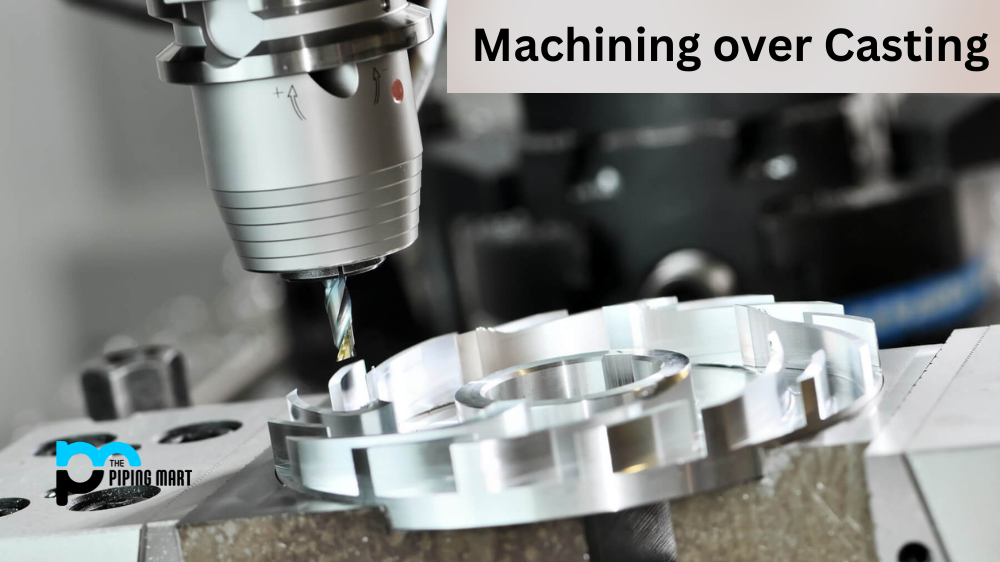Stainless steel is a popular material used in the production of many everyday items. It’s corrosion-resistant, strong, and can be found in everything from kitchen appliances to jewelry. Among the many stainless steel alloys, two of the most common are SS316L and CF3M. Both are highly versatile, but which one should you use for your project? Let’s take a look at what makes each one unique and why you might choose one over the other.
CF3M Steel
CF3M stands for “Chromium Ferritic Molybdenum Steel.” This alloy has a high chromium content that makes it highly resistant to corrosion. It also has a relatively low carbon content, making it ideal for applications where welding is necessary. The low carbon content also makes it easy to machine or shape into complex parts without sacrificing strength or durability. However, its molybdenum content means that it can become brittle in cold temperatures—so it’s not well-suited for applications where the extreme cold will be encountered.
SS 316L Steel
SS316L stands for “Stainless Steel 316 Low Carbon.” This alloy has a higher chromium content than CF3M steel alloy, making it even more resistant to corrosion—ideal for projects that will be exposed to moisture or salt water. This alloy also has a lower carbon content than CF3M steel alloy, making it well-suited for welding projects where strength and flexibility are required. Additionally, its higher molybdenum content gives it greater resistance to cold temperatures—so if you need an alloy that won’t become brittle in extremely cold conditions, SS316L is the way to go.
Difference Between SS 316L and CF3M Steel
Composition
SS316L is austenitic stainless steel that contains between 16 and 18% chromium, 12% nickel, and 2-3% molybdenum. CF3M is martensitic stainless steel that contains between 11 and 14% chromium, 4% nickel, and 1-2% molybdenum.
Properties
SS316L has a lower carbon content than CF3M, which gives it better corrosion resistance in some environments. Additionally, SS316L has a higher chromium content, which gives it better resistance to oxidation and corrosion. However, CF3M has better mechanical properties, including higher hardness and strength.
Applications
SS316L is often used in food processing and medical applications due to its corrosion resistance. CF3M is often used in industrial applications such as valves and pumps due to its high strength.
Cost
SS316L is typically more expensive than CF3M due to its higher chromium content. However, both steels are relatively affordable compared to other stainless steels.
Availability
SS316L is widely available in a variety of forms, including bar, sheet, plate, and tubing. CF3M is also widely available in a variety of forms, although it may be more difficult to find than SS316L.
Conclusion:
Both SS316L and CF3M steel alloys have their advantages and disadvantages depending on the application they’re used for. CF3M is ideal for welding projects because of its low carbon content and excellent machinability; however, its molybdenum content makes it susceptible to becoming brittle in cold temperatures. On the other hand, SS316L offers superior corrosion resistance and greater flexibility due to its higher chromium and molybdenum contents; however, these same elements make this alloy less suitable for welding projects due to its higher carbon content. Ultimately, when selecting between these two alloys, you’ll need to consider how your project will be used in order to determine which one is best suited for your needs. By taking into account both alloys’ properties, you’ll be sure to select the right stainless steel alloy for your project!
Meet Heer, a dynamic and driven writer learning tricks of her trade in the metal industry. With a background in Digital Marketing, Heer brings a unique perspective to her writing, sharing valuable insights. Apart from blogging she like reading and hiking.




